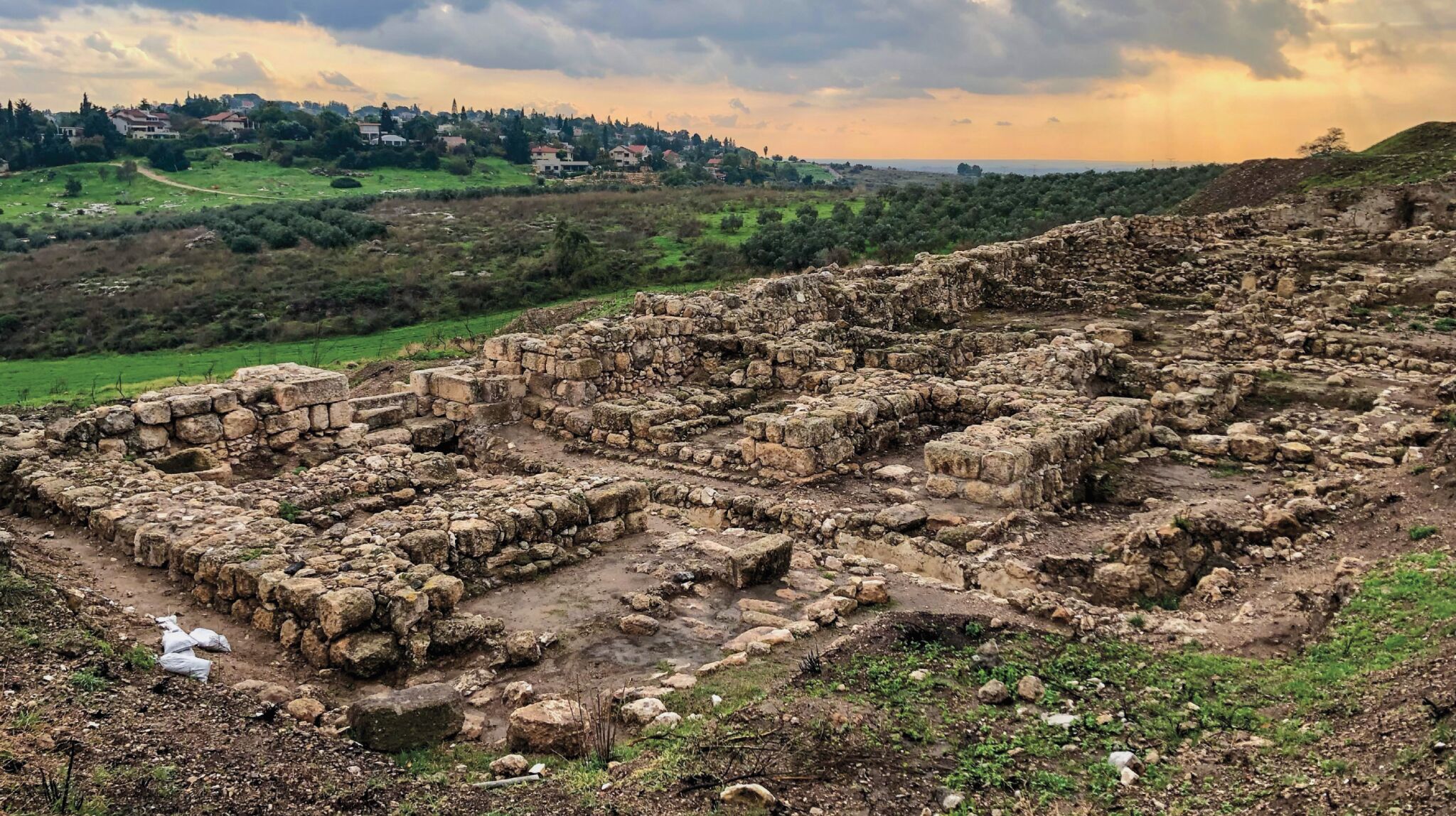In the decades following the initial identification of “Solomonic” remains at Tel Gezer, the city has been subjected to intense focus from the low-chronology camp seeking to redate the remains out of the 10th century b.c.e. and into the ninth. While debate has raged for the past three decades, one area has been lacking for the all-important Stratum 8 in question: radiocarbon dating.
Lacking—that is, until late last year.
In November 2023, the carbon-dating results of more than a decade of fieldwork at Gezer by the Tandy Institute of Archaeology were published in the scientific journal PLOS ONE. Titled “The Chronology of Gezer From the End of the Late Bronze Age to Iron Age ii: A Meeting Point for Radiocarbon, Archaeology, Egyptology and the Bible,” Lyndelle Webster et al presented the “first substantial radiocarbon dataset and Bayesian chronological analysis for Gezer spanning the last part of the Late Bronze Age through Iron Age ii.” The study fills a gap in the literature, for which “only a few ad-hoc 14C [radiocarbon] measurements were available at Gezer for any stratum or period.” The results were stunning.
“I wasn’t expecting these results,” said the lead author in a later interview. “I was expecting later dates.”
The radiocarbon samples were unequivocal: They showed that Gezer’s monumental Stratum 8—the “Solomonic” gate, related palace and other monumental construction at the site—could not be associated with the ninth century at all, but rather, the early to mid-10th.
“The transformation of Gezer in Stratum 8 … likely began in the early part of the 10th century b.c.e. (998–957 b.c.e., 68.3 percent hpd).” And that’s not all. Additionally constraining the Stratum 8 dates are those for the following, later destruction layer and next phase of construction: Stratum 7. “[T]he chronological position of this horizon [for Stratum 8] is hard to dispute thanks to constraint provided by the overlying Stratum 7,” they write. “The data and model—with constraints provided by overlying Stratum 7—rule out a ninth-century b.c.e. date for Stratum 8.”
Based on radiocarbon dating, the authors reiterate that the monumental construction of Gezer’s Stratum 8 “cannot date beyond the first part of the 10th century b.c.e.”
The paper summarizes: “The 10th-century b.c.e., 14C-based date for early expansion in the Shephelah notably rules out an association with the northern Israelite Omride dynasty; however, it is chronologically compatible with Saul, David and/or Solomon, whose text-based dating (albeit approximate) falls in the 10th century b.c.e. (perhaps also the late 11th century b.c.e.). … The Tandy excavation directors consider that the most logical historical reconstruction based on the archaeological remains and 14C dates is the westward expansion of a nascent Judah already in the 10th century b.c.e.”
So long, King Omri; welcome back, King Solomon.

